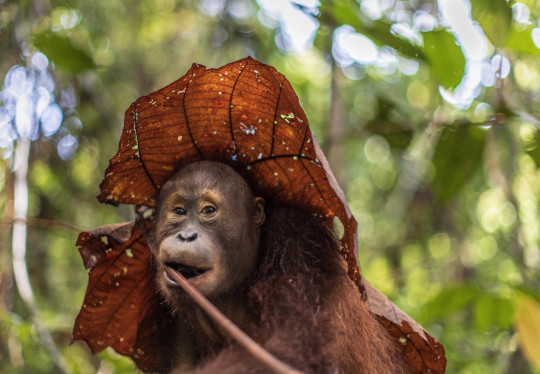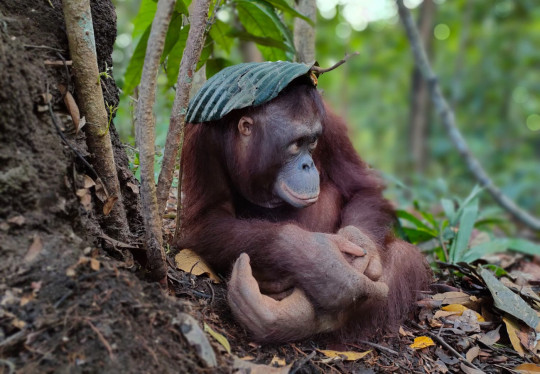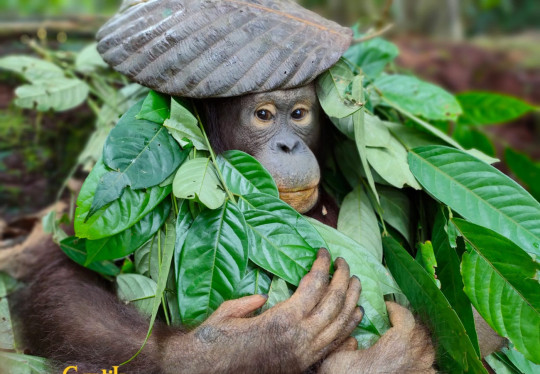#borneo
Text
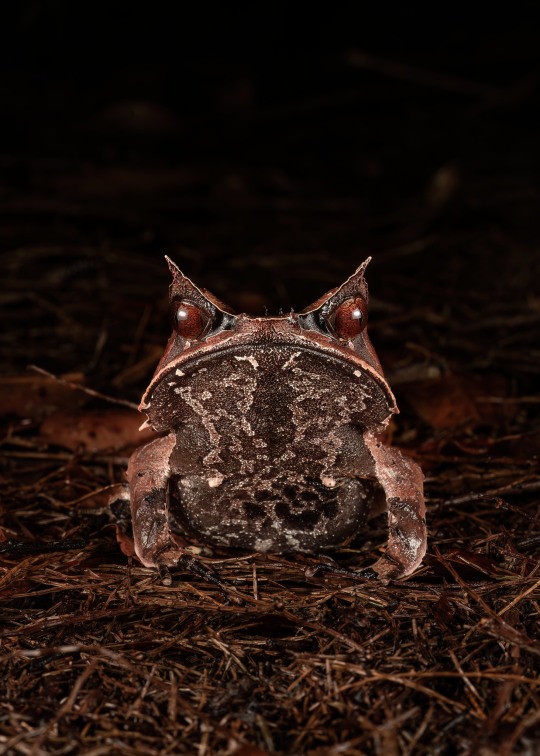

Malayan Horned Frog aka Long-nosed Horned Frog (Pelobatrachus nasutus), family Megophryidae, Borneo
photographs by James Jolokia
547 notes
·
View notes
Text
Oldest medical amputation on record was performed on a Stone Age child in Borneo 31,000 years ago

About 31,000 years ago, a skilled prehistoric surgeon cut off the lower leg of a child hunter-gatherer in Borneo. Now, archaeologists have concluded that this ancient surgery is the earliest medical amputation on record.
The skill of the Stone Age surgeon was admirable; the patient went on to live an additional six to nine years after the surgery, a radiocarbon dating performed by researchers of the individual's tooth enamel revealed, according to a study published online Wednesday (Sept. 7) in the journal Nature.
"It was a huge surprise that this ancient forager survived a very serious and life-threatening childhood operation, that the wound healed to form a stump and that they then lived for years in mountainous terrain with altered mobility," study co-author Melandri Vlok, a bioarchaeologist and postdoctoral research associate at the University of Sydney," said in a statement. "[This suggests] a high degree of community care." Read more.
25K notes
·
View notes
Photo




Mountain House, Borneo, Malaysia,
AI VIZARQ Concept
#art#design#architecture#interiors#retreat#cabin#mountain#concept#render#borneo#malaysia#AI VIZARQ#luxuryhouses#luxuryhomes#luxurylifestyle#tropical#tropical house
2K notes
·
View notes
Text
“It was an assumption—almost an article of faith—amongst many biogeographers, ecologists, and paleoecologists that the great regional rainforests were, at Western contact, the product of natural climatic, biogeographic, and ecological processes,” wrote paleoecologist Chris Hunt, now based at Liverpool John Moores University, and his colleague, Cambridge University archaeologist Ryan Rabett, in a 2014 paper. “It was widely thought that peoples living in the rainforest caused little change to vegetation.”
New research is challenging this long-held assumption. Recent paleoecological studies by Hunt and other colleagues show evidence of “disturbance” in the vegetation around Pa Lungan and other Kelabit villages, indicating that humans have shaped and altered these jungles not just for generations—but for millennia. Borneo’s inhabitants from a much more distant past likely burned the forests and cleared lands to cultivate edible plants. They created a complex system in which farming and foraging were intertwined with spiritual beliefs and land use in ways that scientists are just beginning to understand.
Samantha Jones, lead author on this investigation and researcher at the Catalan Institute of Human Paleoecology and Social Evolution, has studied ancient pollen cores in the Kelabit Highlands as part of the Cultured Rainforest Project. This is a U.K.-based team of anthropologists, archaeologists, and paleoecologists that is examining the long-term and present-day interactions between people and rainforests. The project has led to continuing research that is forming a new scientific narrative of the Borneo highlands.
People were most likely manipulating plants from as early as 50,000 years ago in the lowlands, Jones says. That’s around the time humans likely first arrived. Scholars had long classified these early inhabitants as foragers—but then came the studies at Niah Cave. There, in a series of limestone caverns near the coast, scientists found paleoecological evidence that early humans got right to work burning the forest, managing vegetation, and eating a complex diet based on hunting, foraging, fishing, and processing plants from the jungle. This late Pleistocene diet spanned everything from large mammals to small mollusks, to a wide array of tuberous taros and yams. By 10,000 years ago, the folks in the lowlands were growing sago and manipulating other vegetation such as wild rice, Hunt says. The lines between foraging and farming undoubtedly blurred. The Niah Cave folks were growing and picking, hunting and gathering, fishing and gardening across the entire landscape.
[...]
“The Cultured Rainforest project has shown how profoundly entangled the lives of humans and other species in the rainforest are,” says University of London anthropologist Monica Janowski, a member of the project team who has spent decades studying highland Borneo cultures. “This entanglement has developed over centuries and millennia and succeeds in maintaining a relatively balanced relationship between species.” Borneo’s jungle is, in fact, anything but untouched: What we see is a result of both human hands and natural forces, working in tandem. The Kelabit are a little bit farmer and a little bit forager with no clear line between, Janowski says. This dualistic approach to land use may reveal a deeper human nature. “Scratch any modern human and you will find, under the surface, a forager,” she says. “We have powerful foraging instincts. We also have powerful instincts to manage plants and animals. Both of these instincts have been with us for millennia.”
253 notes
·
View notes
Photo




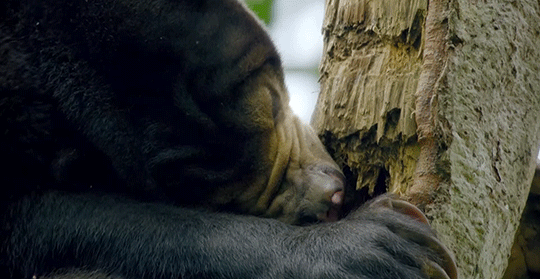
The smallest of all bears is the sun bear, and that helps it to also be the most arboreal. It has adapted curved claws and inward-turned front feet to help it scale trees in search of insects, seeds, fruits, small vertebrates, and of course honey.
BBC Earth
1K notes
·
View notes
Photo

Bornean bearded pig Sus barbatus barbatus
Observed by bobzakaria, CC BY-NC
310 notes
·
View notes
Text

Marbled Cat (Pardofelis marmorata) in Sarawak, Malaysia (Borneo).
85 notes
·
View notes
Text

The world is going upside down, (orangutan) Borneo, 2020 - by Thomas Vijayan, Indian/Canadian
95 notes
·
View notes
Text
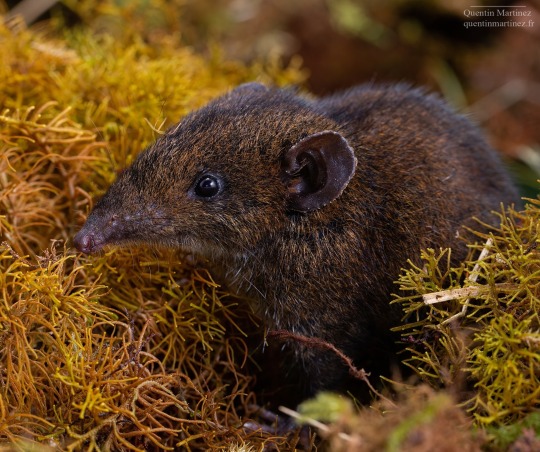
Soft-furred Hedgehog or Gymnure(Hylomys dorsalis), family Erinaceidae, order Eulipotyphla, Mount Murud, Sarawak, Borneo, Malaysia.
Only recently discovered.
Photograph by Quentin Martinez,
www.quentinmartinez.fr
106 notes
·
View notes
Text

Keluan waterfall, July 2023.
#nature#landscape#landscape photography#waterfall#Baram#Miri#Sarawak#Borneo#hiking#jungle trekking#exotic#wild#travel
129 notes
·
View notes
Text
A highly contagious and virulent virus is sweeping through domestic and wild swine populations across the world, decimating those in Asia, Europe, and Africa. The near-100% fatality rate threatens food security, ecosystems and the lives and traditions of millions. African Swine Fever (ASF) is probably the most devastating viral disease you have never heard of.
Cultural practices centuries-old are at risk of extinction. Diets are dramatically shifting, placing an unsustainable burden on an already strained socio-ecological environment. Low- and lower-middle-income countries are bearing the brunt of this catastrophic pandemic, but few seem to care beyond the protection of domestic pork production. Would it be the same if experts were to predict that not a single American household would celebrate Thanksgiving with a turkey in 2024?
Continue Reading.
81 notes
·
View notes
Text
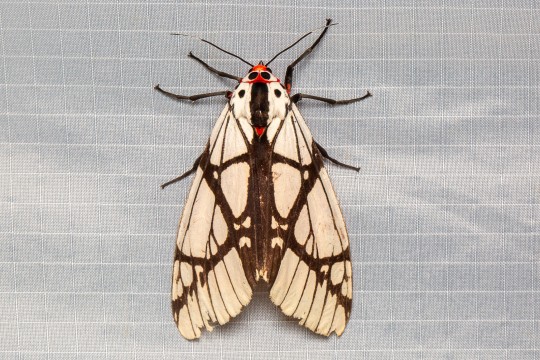
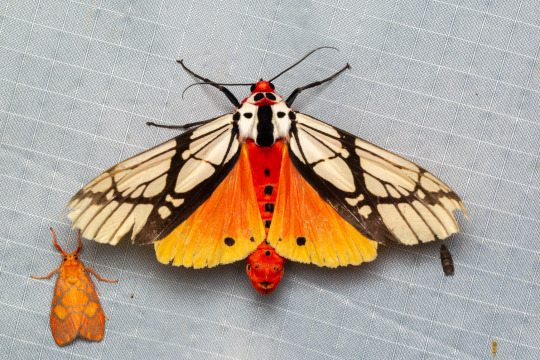
Tiger Moth (Areas galactina), family Erebidae, MCM Nature Discovery Villa, Fraser's Hill, Malaysia
photograph by David Fischer
9K notes
·
View notes
Text
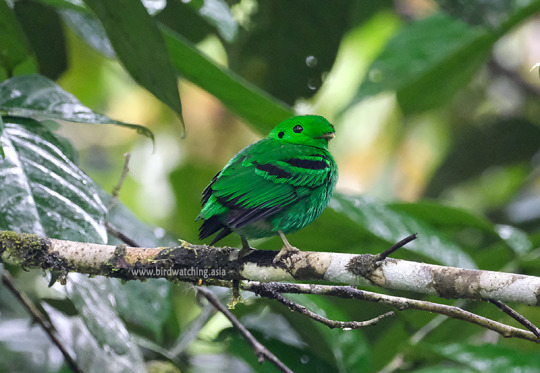
A Green Broadbill from Mulu in Sarawak, Borneo. This is what I love doing, birdwatching and bird photography.
#birdshot#birds#birdwatching#bird photography#birding#birdlovers#bird#malaysiatrulyasia#malaysia#photography#wildlife#wildlifephotography#nature#nature photography#sarawak#borneo
64 notes
·
View notes
Text

Osphronemus septemfasciatus - Pictured is a juvenile collected from the Kapuas River in Borneo. Unlike others in the genus, this fish is often found swimming in turbulent, fast flowing water. This fish goes through a beautiful transition with adult males displaying a deep red/purple coloration.
Photo cred: me
95 notes
·
View notes

